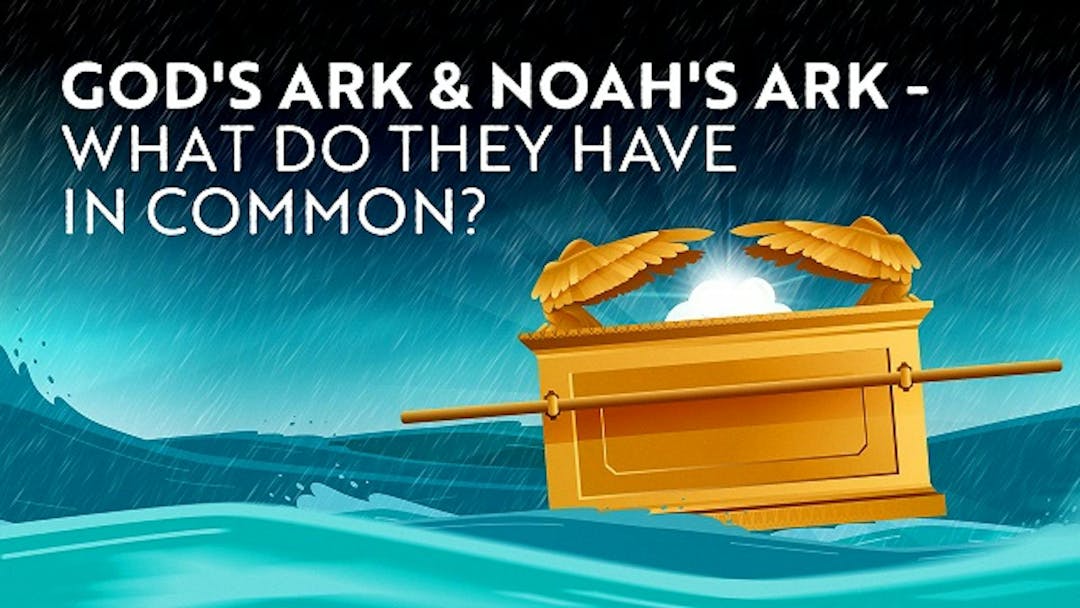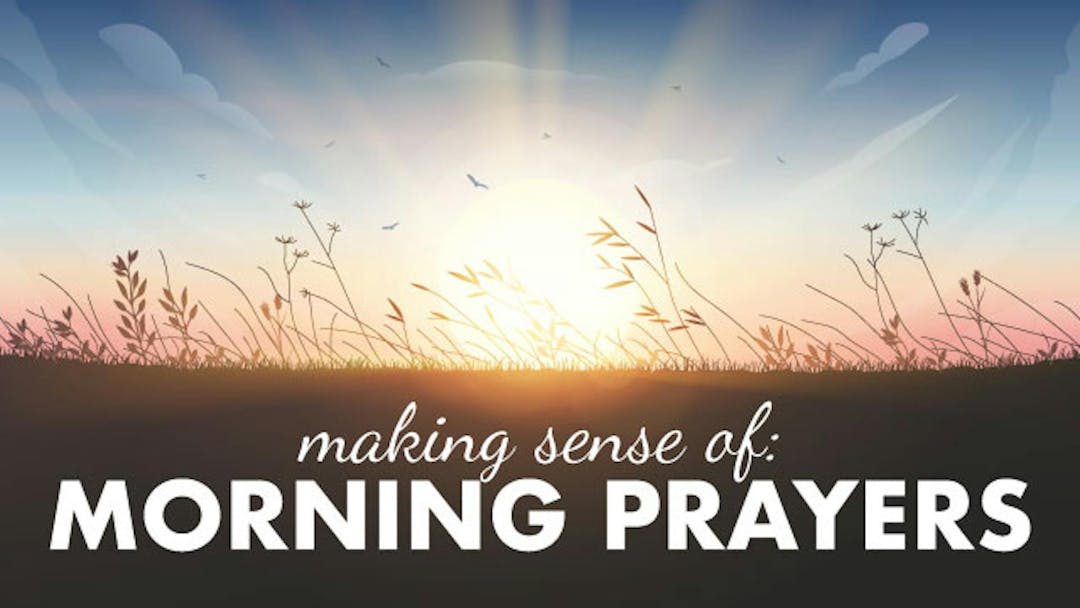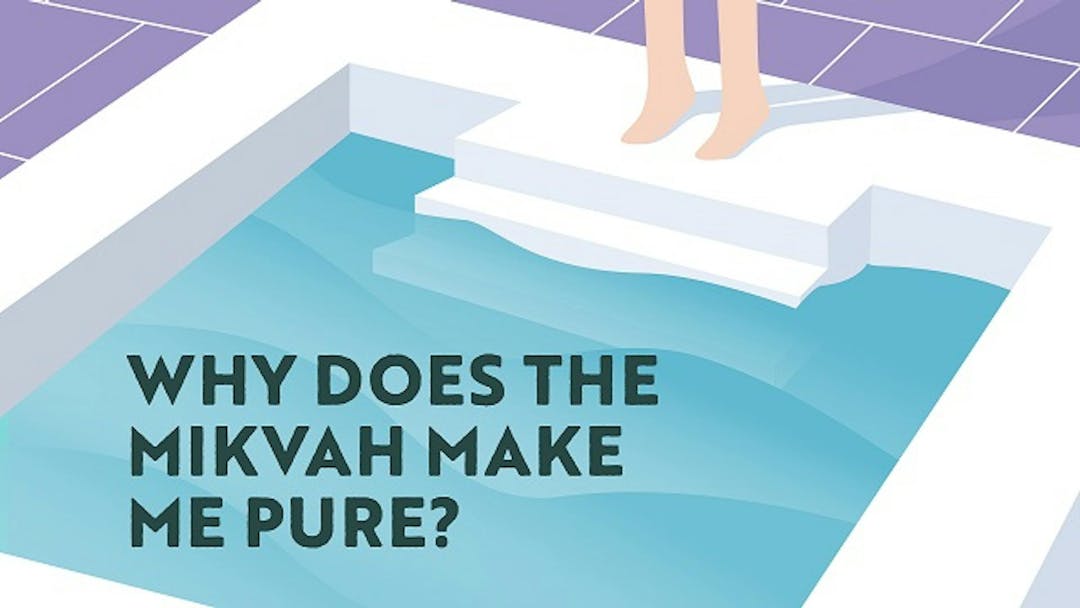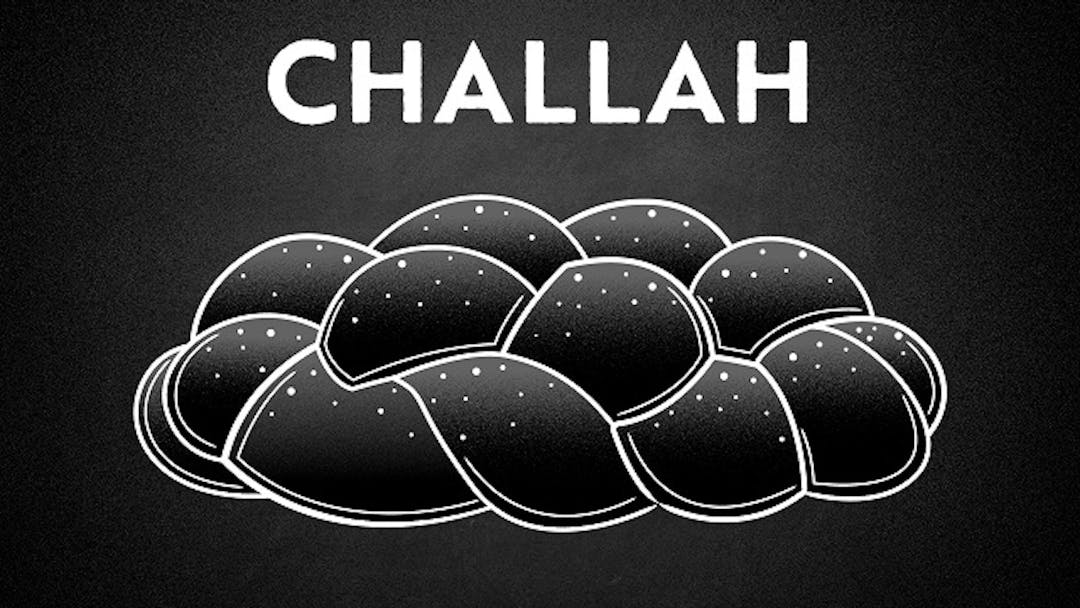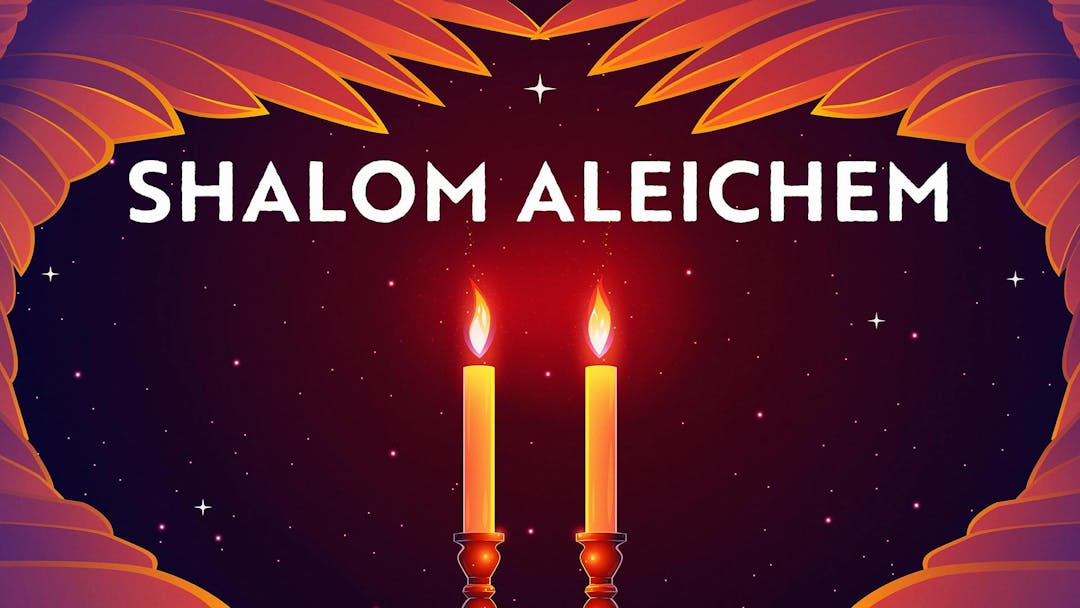Start your free trial today to unlock the full library and enjoy unlimited and uninterrupted access.
Get StartedIs God Talking To Me Through The Laws Of The Mishkan?
What Was The Purpose Of The Tabernacle?
We're about to embark on a seven-chapter detailed journey through the instructions for building the Mishkan, the Tabernacle. Most people skip over these sections or read them very fast because they are tedious and completely unrelatable. How can we, as 21st century learners of the Torah, find meaning and purpose in the instructions that God gave to Moses to construct the Tabernacle? And how do the laws shed light on the epic devastation of the story that follows, the Golden Calf? Join us in Parshat Terumah (Exodus 25:1–27:19) as we uncover the beauty and depth of the Mishkan.
Watch Rabbi Fohrman's video here: >Ever Wonder What God Looks Like?
What is Aleph Beta?
Aleph Beta is a unique kind of Torah library. Led by our founder, Rabbi David Fohrman, we are dedicated to high-level, textual Torah learning for adults that is intellectually and spiritually sophisticated, that enlivens your Jewish practice and helps you forge a deeper connection to God. Whether you’ve been learning in yeshiva for years or you’re just beginning your Torah journey, you’re sure to find something meaningful and surprising waiting for you here.
Browse our library of over 1,000 beautifully produced animated videos, podcasts, deep dive courses, and printable guides. Topics include the weekly parsha, Jewish holidays & fast days, laws & mitzvot, prayers, relationships, big philosophical ideas and more. Have something to say at the Shabbos table that will amaze your family and guests and bring deep meaning into their lives.
